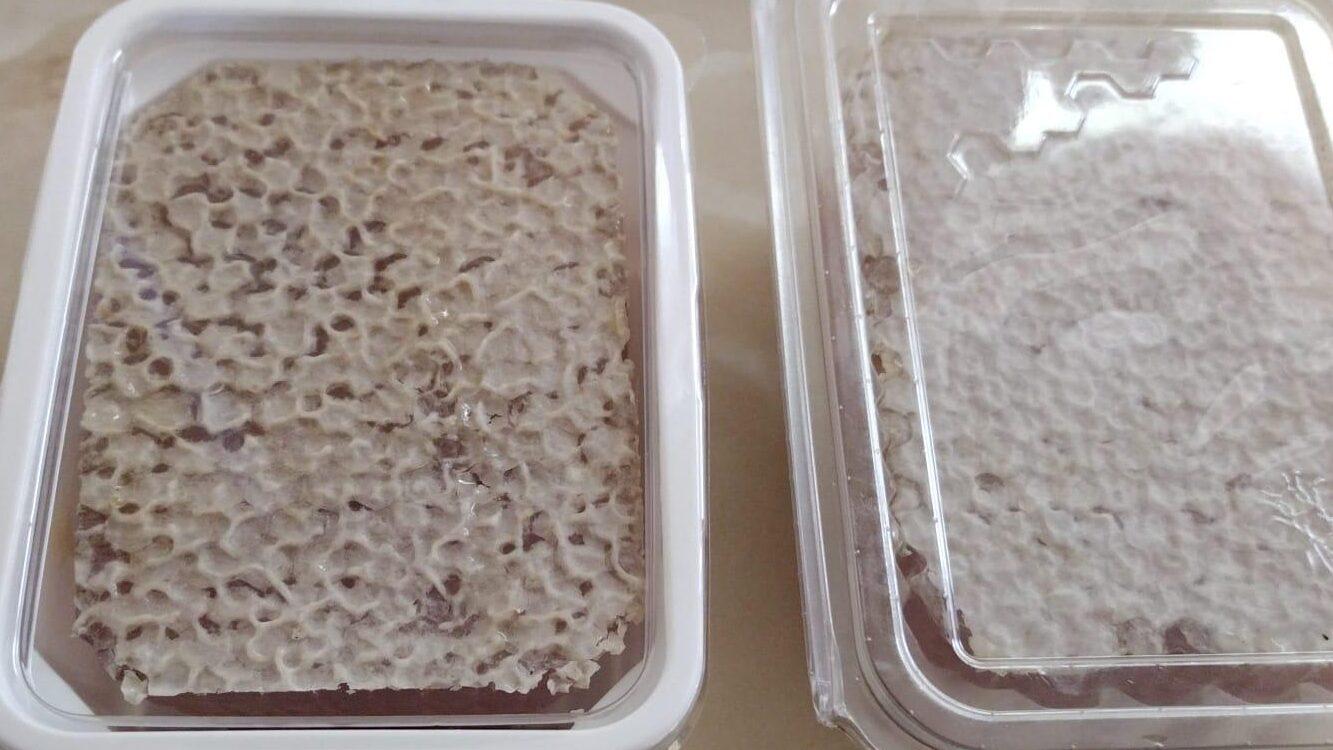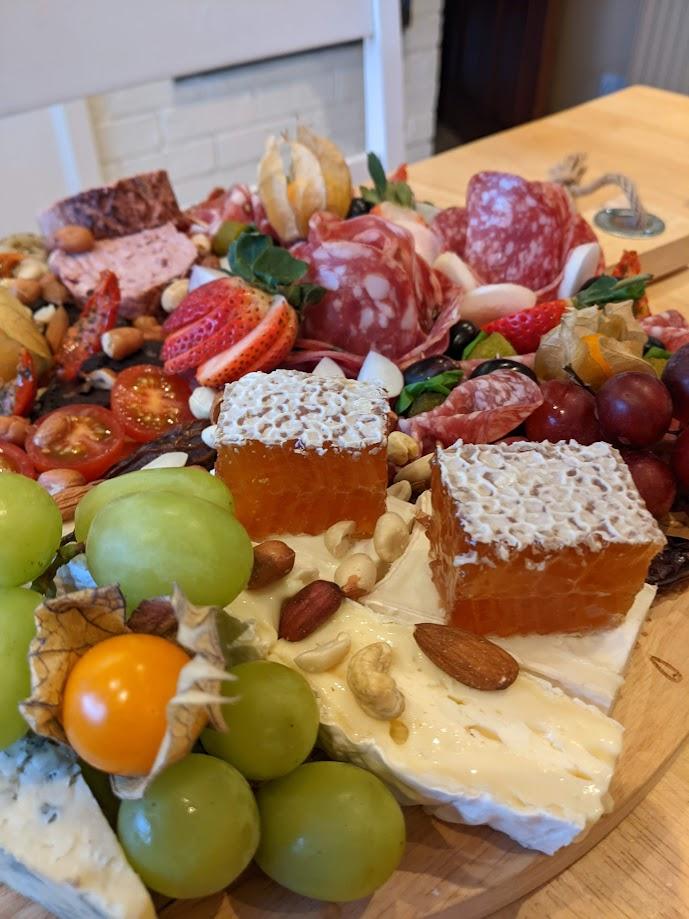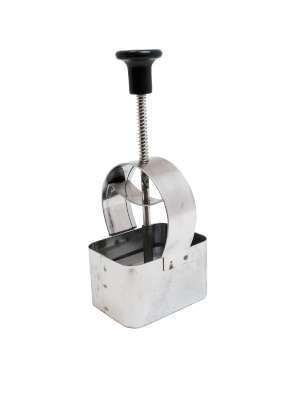
As beekeepers we provide a frame with a thin sheet of wax foundation. The bees draw this out and fill it with nectar which they ripen into honey and seal with a wax capping. In cut comb honey, instead of cutting off the cappings and spinning the honey out, a cutter is used to create rectangular sections of wax comb with the honey still in its protective, natural beeswax wrapper.
Comb honey is exceptional because the taste reflects a short period of time in the foraging year. It’s like a mini time capsule that highlights the plants that were blooming over the course of just a few days or weeks. Nothing else comes close to the unique flavour of comb honey. Each batch of comb retains the floral essences of the plants that made the nectar. In addition, the flavour of wax comb also differs according to what the bees ate and adds a richness to the flavour that extracted honey doesn’t have.
Think about this: A comb of honey captures the taste of a short time span, perhaps a few days. Comb honey from early April tastes different than comb honey from late April. Normally all these flavours are thrown together with the honey is extracted from boxes of combs that the beekeeper takes off the hives. As a result, all the honey from the spring or summer season tastes similar. So many taste treats eliminated.
How do you eat Cut Comb Honey?
There are many ways to eat it. One way may be to toast a piece of your favourite bread or an English muffin. While it is still very hot, spread it lightly with butter. With a knife, cut a chunk of comb honey and spread it over the toast. You may have to mash it a bit, but the heat will soften the comb, so it flattens into the toast along with the honey. It doesn’t melt but becomes soft and aromatic. It is also good on toasted scones, French toast, or pancakes.

The upscale restaurants often serve comb honey in the centre of a plate surrounded by a selection of expensive cheeses and multi-grain crackers. The idea here is to cover the cracker with a piece of cheese and top it with a small chunk of comb. This works great with cheddar or brie, but any cheese will work.
What about the wax?
You eat it, you swallow it. For all practical purposes, it is gone from the face of the earth.
Here’s the thing. If you spread it (honey and comb) on something you chew–such as bread, toast or crackers–you won’t even notice the wax. Believe me on this. It will be down the hatch and you won’t notice anything but the enhanced flavour of honey in the comb. This is hard to imagine because if you eat it alone–just a chunk of comb–you are left with this big wad of wax in your mouth. Some people eat it on its own and then spit out the wax.

Is the wax ok to eat?
Perfectly. In fact, some medical websites profess the benefits of Beeswax where it is said to be used for high cholesterol, pain, fungal skin infections, and other conditions. Beeswax might help lower cholesterol levels, prevent infections, and help protect the stomach from ulcers caused by non-steroidal anti-inflammatory drugs (NSAIDs), but there is no good scientific research to support these uses, that we have found.
When in stock, our cut comb can be purchased here.
